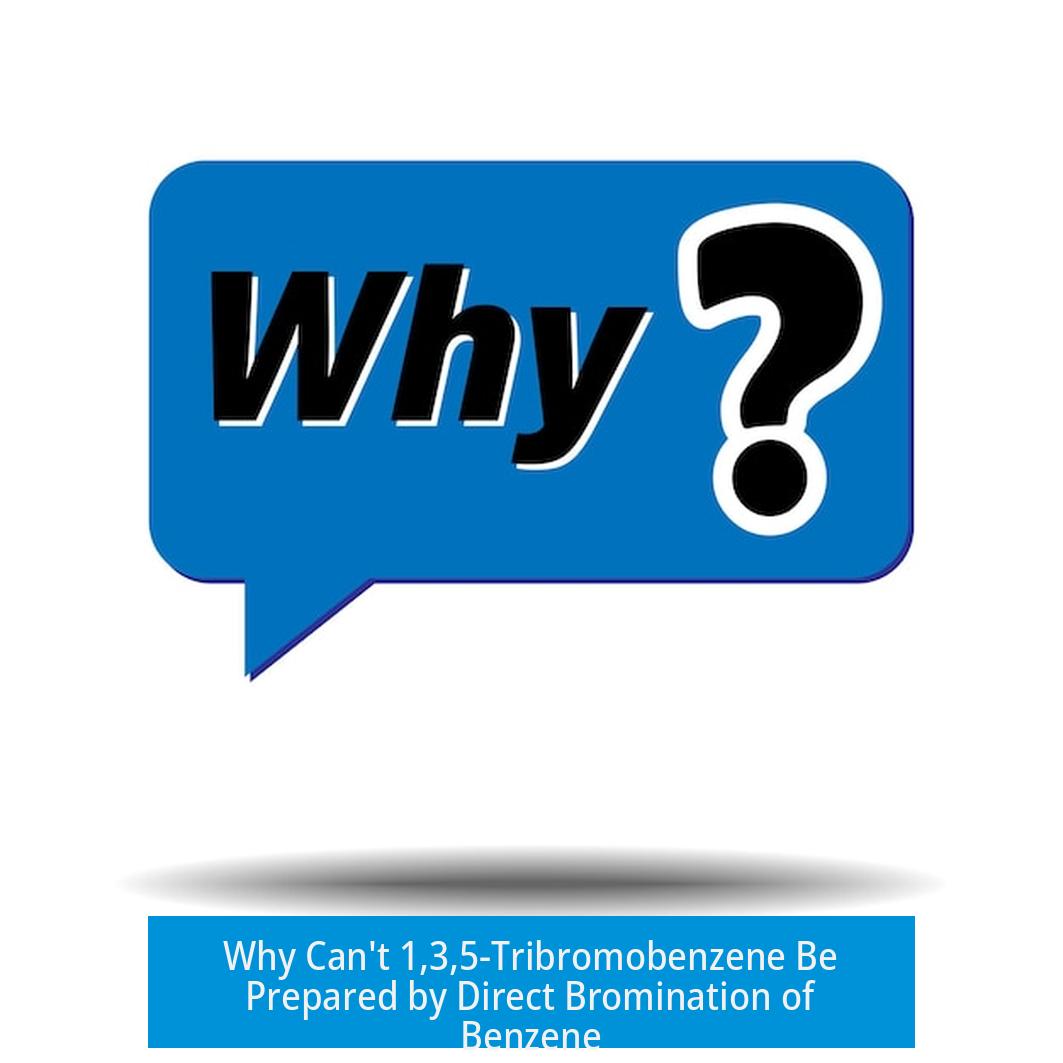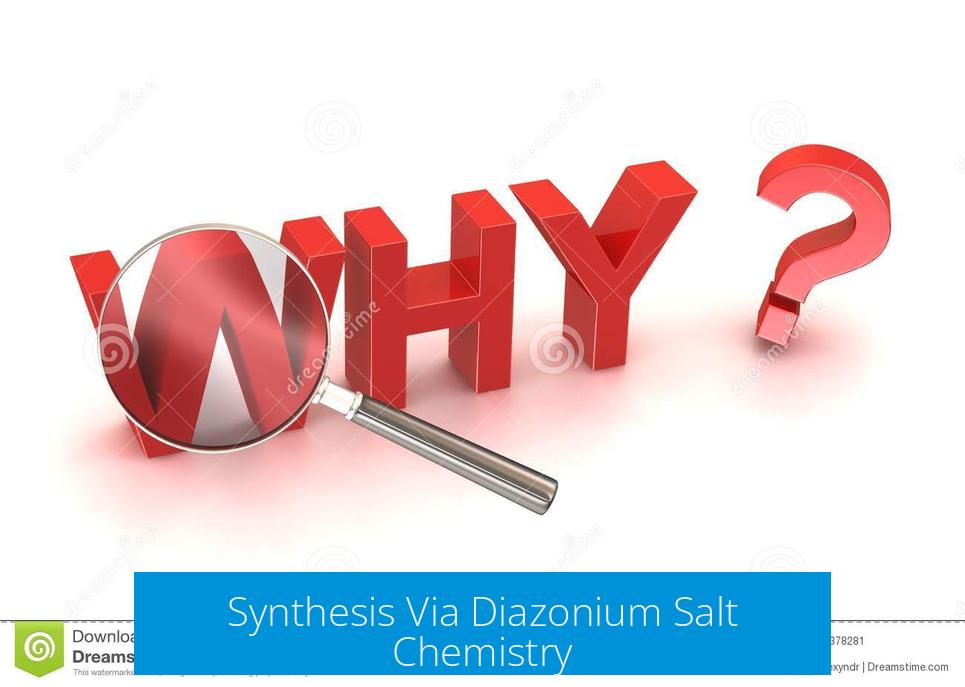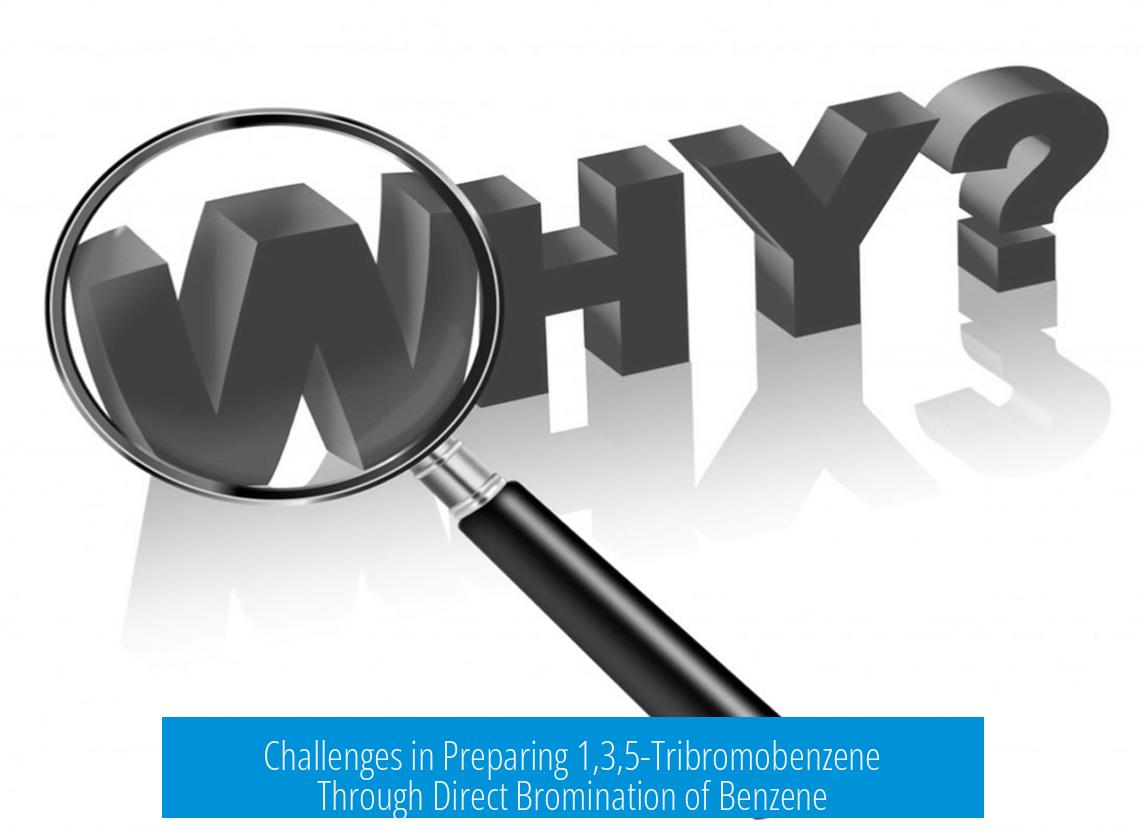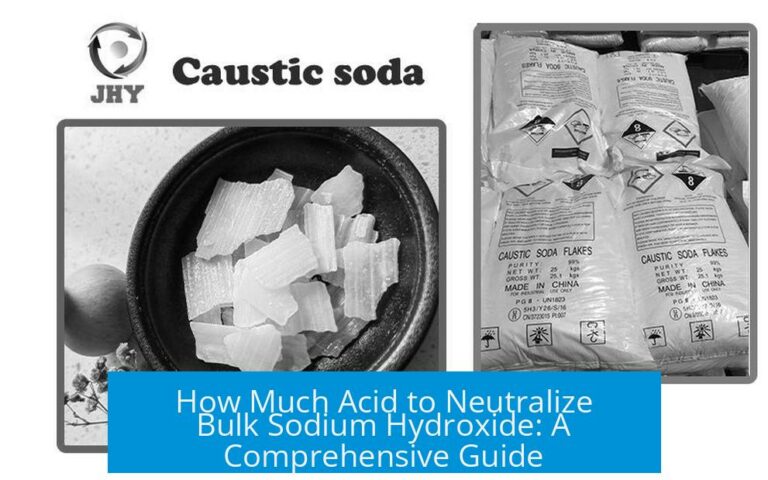Why Can’t 1,3,5-Tribromobenzene Be Prepared by Direct Bromination of Benzene?

1,3,5-Tribromobenzene cannot be prepared by the direct bromination of benzene due to the directing effects of bromine substituents, which are ortho/para directors, and the deactivating influence of bromine atoms on the benzene ring. These factors prevent substitution at the meta positions required to form the 1,3,5 pattern during electrophilic aromatic substitution.
Bromine as an Ortho-/Para-Directing Group
Bromine atoms attached to a benzene ring influence where new electrophiles add during bromination. They direct new substituents to positions ortho (adjacent) and para (opposite) to themselves, rather than meta positions (one carbon removed from ortho). This directing effect is due to bromine’s resonance and inductive effects which increase electron density at ortho and para sites.
After the first bromination, the bromine already on the ring activates those ortho and para carbons selectively for further substitution. The meta positions become less favorable for bromination under normal reaction conditions.
Physical and Statistical Limitations of Achieving Perfect Triple Bromination
Achieving three substitution events in exactly the 1,3,5 arrangement in a one-step direct bromination is statistically improbable. Bromination relies on collisions between bromine molecules and benzene rings. These encounters occur randomly; therefore, controlling where each bromine attaches precisely is challenging.
- Increasing bromine concentration or temperature raises substitution chances.
- Yield limitation: Despite optimizing conditions, the yield of 1,3,5-tribromobenzene by direct bromination rarely reaches 100%.
- Multiple brominations are hard to direct selectively without interfering substitution patterns.
Directing Effects After the First Bromine Addition
Once benzene has one bromine attached, the site of the second bromination is controlled. Because bromine directs ortho and para, the second bromine tends to add to positions 2, 4, or 6 relative to the first. This tends to produce 1,2- or 1,4-dibromobenzene rather than 1,3-dibromobenzene.
Further bromination on 1,3-dibromobenzene to produce 1,3,5-tribromobenzene is also unlikely. The existing bromines again direct new substitution to ortho or para positions relative to themselves, which does not favor addition at position 5 in the 1,3-disubstituted intermediate.
The Difficulty in Forming the 1,3,5 Substitution Pattern

The 1,3,5-tribromobenzene substituent pattern is meta to each bromine on the ring. Since bromine directs ortho and para, direct substitution on benzene by bromination does not naturally produce 1,3,5-trisubstitution arrangements.
Moreover, bromine is a deactivating group. It withdraws electron density, making the benzene ring less reactive after initial substitution. This deactivating effect reduces the rate and extent of further bromination, compounding the difficulty in obtaining multiple bromine atoms attached in one step.
Deactivating Nature of Bromine and Its Effect on Multiple Brominations
Bromine’s electron-withdrawing inductive effect acts to decrease the ring’s overall reactivity towards electrophilic substitution. As more bromines are added, this effect accumulates, reducing the likelihood of multiple substitutions.
Thus, combining the deactivating effect with ortho/para-directing behavior leads to minimal formation of 1,3,5-tribromobenzene from direct bromination of benzene. The reaction favors formation of mono- or di-brominated products substituted at ortho and para positions.
Alternative Synthetic Strategies for 1,3,5-Tribromobenzene
Since direct bromination fails to produce the 1,3,5-trisubstitution pattern, chemists use indirect synthetic routes.
Using Activating and Removable Directing Groups
The introduction of a strong activating group such as an amino group (-NH2) on benzene directs bromination to ortho and para positions relative to itself. By placing the amino group at position 1 on benzene, the bromines can be introduced selectively at the 3 and 5 positions.
This approach typically involves the following steps:
- Brominate aniline (aminobenzene) to obtain 2,4,6-tribromoaniline (due to the amino group’s ortho/para directing and activating effect).
- Transform the amino group into a diazonium salt.
- Reduce the diazonium group to hydrogen using reagents like hypophosphorous acid (H3PO2).
- This removes the amino directing group, yielding 1,3,5-tribromobenzene.
This method efficiently produces 1,3,5-tribromobenzene with good yield and regioselectivity.
Synthesis Via Diazonium Salt Chemistry

The diazonium salt route allows conversion of functional groups in substituted benzenes, enabling difficult substitution patterns.
For example, the diazonium salt of 2,4,6-tribromoaniline reacts with H3PO2, replacing the amino group with hydrogen. The resulting product is 1,3,5-tribromobenzene.
Summary Table: Substitution Effects and Synthetic Routes
| Aspect | Direct Bromination of Benzene | Alternative Synthesis |
|---|---|---|
| Bromine Directing Effect | Ortho/para directing | Use activating group (amino) directing ortho/para substitution |
| Formation of 1,3,5-tribromobenzene | Unlikely due to meta substitution needed | Achieved via substitution on amino derivative and diazonium salt reaction |
| Deactivating Effect | Reduces ring reactivity, limits multiple brominations | Activating group counters deactivation during initial bromination |
| Control Over Substitution Pattern | Very low, statistical and physical limitations | High, via functional group-directed substitution sequence |
Additional Considerations and References
The directing effects of substituents in electrophilic aromatic substitution have been extensively studied. Bromine is unique in that it is deactivating yet ortho/para directing due to its lone pairs participating in resonance.
For detailed lists and explanations on directing groups, see the resource Ortho, Para and Meta Directors in Electrophilic Aromatic Substitution.
Key Takeaways
- Bromine atoms direct substitution to ortho and para positions, preventing meta substitution needed for 1,3,5-tribromobenzene formation.
- Bromine deactivates the benzene ring, making multiple brominations challenging.
- Physical and statistical factors limit control in direct bromination to produce tri-substituted compounds with specific patterns.
- Alternative syntheses use activating groups and diazonium salt reactions to introduce bromines at desired 1,3,5 positions.
- Direct bromination of benzene preferentially yields products substituted at ortho and para positions, not meta.
Why Can’t 1,3,5-Tribromobenzene be Prepared by Direct Bromination of Benzene?

Short answer: Because bromine atoms direct new bromination to the ortho and para positions, not the meta, making the 1,3,5-substitution pattern practically impossible to achieve by directly brominating benzene. Let’s unwrap this why in detail and explain why you won’t get the 1,3,5-tribromobenzene you dreamed of straight from benzene and bromine.
Imagine benzene as a roundtable with six identical seats. When you introduce bromine, the first bromine atom happily takes a seat. But it doesn’t just sit there quietly. It starts influencing where the next bromine guests can sit, favoring the seats right next to it (ortho) or directly across from it (para).
But the pattern you want for 1,3,5-tribromobenzene is a bit rebellious—it’s the “every other seat” arrangement, which chemists call meta positions. And bromine? It keeps nudging newcomers away from the meta seats.
The Crux: Bromine is an Ortho-/Para-Directing Group
Let’s get a little chemistry nerdy here but not too much to lose you.
Bromine on benzene is an electron-withdrawing yet resonance donating substituent. This paradox means it actually activates the benzene ring towards electrophilic substitution, but only at the ortho and para positions. In simple speak? Once a bromine is attached, incoming bromines favor the adjacent spots (ortho) or the opposite side (para), NOT the meta spots.
This electronic effect is the heartbreaker for the 1,3,5-substitution pattern that requires meta substitution. So after the first bromine tags in the ring, any further bromines will crowd near or opposite it rather than taking the meta seats.
Physical and Statistical Limitations of Triple Bromination
Even if the directing rules bent somehow, the physical world isn’t a well-orchestrated dance of molecules. Bromination is a probabilistic game. Molecules bump randomly and hope to react perfectly.
Think of trying to get three bromines placed at just the right meta spots, all in one reaction: you’re relying on chance at best. You increase concentration, heat things up, or bring catalysts in to sway the reaction, but the reality is that perfect triple bromination in the exact pattern is statistically unlikely.
So even without considering bromine’s directing nature, the hands of chemistry fate make such specific multi-substitution patterns hard to control directly.
What Happens After the First Bromination? The Domino Effect of Direction
Suppose the first bromination occurs. What’s next? We now have a bromobenzene, which will strongly encourage the next bromine to land at ortho or para positions relative to the existing bromine.
Even if you get a 1,3-dibromobenzene—somehow placing the second bromine meta to the first—the directing effects of those two bromines push the third bromine away from the meta position you need for the 1,3,5-trisubstitution.
The chemistry here is unforgiving; bromine’s directing tendencies continuously steer new substitutions toward ortho or para, away from the coveted meta.
So How Do Chemists Actually Make 1,3,5-Tribromobenzene?

Good news: the direct road is blocked, but there are trusty detours. Chemists use clever tricks to build the molecule indirectly.
The main workaround involves introducing a strong activating group first. For example, an amino group (-NH2) which directs bromination ortho/para but is also removable.
Here’s how the cheat code works:
- Start with aniline (amino-benzene). Its amino group is a powerful ortho/para director.
- Brominate to install bromines at the 2, 4, and 6 positions relative to the amino group.
- Then chemically remove the amino group via diazonium salt formation and subsequent reactions.
- The resulting bromine pattern corresponds to the 1,3,5-positions on the now unsubstituted benzene ring.
This detour is a trick of changing the directing effects temporarily and then erasing them, allowing the meta substitution pattern to emerge.
One effective reaction route involves generating the diazonium salt of the tribromoaniline and reacting it with hypophosphorous acid (H3PO2), which removes the amino group and leaves behind the 1,3,5-tribromobenzene.
What Does This Teach Us About Directing Effects and Substitution?
Not all bromines want their neighbors equally. The orchestration of molecular substitution is driven less by brute force and more by electronic whispers.
Bromine atoms want company next door or across the ring, but rarely like the vacant ‘odd numbered’ seats meta to themselves.
For curious chemists wanting to explore this more, a good resource is the masterorganicchemistry.com list of ortho/para and meta directing groups—perfect for strategizing aromatic substitutions.
Why Does Bromine Deactivate Benzene and Make Triple Substitution Hard?
Bromine is somewhat electron-withdrawing, which means each bromine added slightly deactivates the ring toward further substitutions. This cumulative deactivation means that after adding one or two bromines, the ring is less reactive, making adding a third one more difficult.
Hence, the yield and ease of getting a symmetrical 1,3,5-tribromobenzene by direct bromination plummet.
Conclusion: Chemistry’s Substitution Game is a Game of Directions and Detours
In the end, the direct bromination of benzene to get 1,3,5-tribromobenzene is like trying to park three cars in spots that the parking lot manager just won’t allow you to use all at once. The bromines’ ortho/para directing nature and deactivating effect conspire against the direct route.
But armed with the knowledge of directing effects, activating and removable groups, and indirect routes like diazonium salt chemistry, chemists can still build 1,3,5-tribromobenzene—just not by the simplest means.
Understanding this teaches an important lesson in organic synthesis: sometimes, the straightforward path is blocked by chemical realities. To get where you want, you need a smart detour—like using amino groups to guide bromines and then tossing out the guideposts once you reach your destination.
Who knew bromine could be so picky about its neighbors? Chemistry is as much a game of strategy as it is reaction.
Why does bromine direct bromination to ortho and para positions on benzene?
Bromine is an ortho-/para-directing group because it donates electron density through resonance. This stabilizes the intermediate carbocation at those positions, making substitution at ortho and para sites more favorable.
Why can’t direct bromination introduce bromines at the 1,3,5-positions on benzene?
Since bromine directs new substituents to ortho and para positions, it does not favor meta positions like those in 1,3,5-tribromobenzene. Thus, direct bromination cannot efficiently produce that substitution pattern.
How does bromine’s deactivating nature affect multiple brominations?
Bromine is a deactivating group, which slows down further bromination reactions. This makes it harder to introduce three bromines directly onto the benzene ring in one step.
Can reaction conditions help achieve 1,3,5-tribromobenzene by direct bromination?
Conditions like increased temperature or catalyst use may improve bromination yield but cannot overcome the directing effects of bromine, nor guarantee selective substitution at meta positions in one step.
What alternative methods are used to synthesize 1,3,5-tribromobenzene?
One approach uses activating groups like amino groups to direct bromination. Afterward, the amino group is removed via diazonium salt reactions to yield 1,3,5-tribromobenzene.





Leave a Comment